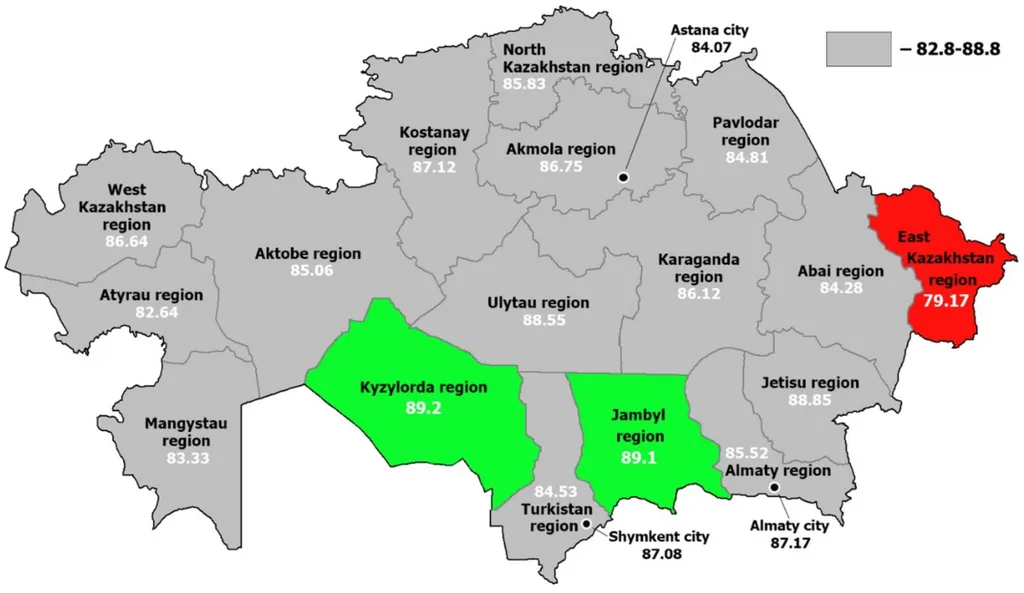A new study published in the journal *Хабаршысы. Экономика сериясы* (Bulletin. Economic Series) offers a comprehensive review of how Integrated Marketing Communication (IMC) effectiveness has been measured over the past three decades. Led by A.Zh. Orazayev of KIMEP University in Almaty, Kazakhstan, the research provides a much-needed synthesis of the fragmented methodologies used to evaluate IMC strategies, shedding light on the challenges and opportunities in this rapidly evolving field.
IMC has become a cornerstone of modern marketing, particularly as digital transformation reshapes how businesses engage with consumers. Yet, despite its widespread adoption, the academic literature on IMC effectiveness remains inconsistent, with researchers employing a wide range of theoretical frameworks and measurement tools. Orazayev’s study seeks to address this gap by systematically analyzing 410 peer-reviewed articles published between 1991 and 2024.
Using bibliometric analysis—a data-driven approach to mapping scholarly trends—the research identifies five major thematic clusters in the study of IMC effectiveness: conceptual foundations, brand equity and consumer behavior, measurement models and return on investment, digital and social media integration, and global and emerging market applications. The findings reveal a clear evolution in how IMC effectiveness is assessed, moving from early theoretical debates to more sophisticated quantitative models in recent years.
“What we see is a progression from broad conceptual discussions in the 1990s to more structured, data-driven approaches today,” Orazayev said. “However, despite these advancements, there is still no unified framework for evaluating IMC effectiveness, which limits both academic research and practical application.”
The study highlights the growing importance of digital and social media integration in IMC strategies, reflecting the broader shift toward omnichannel marketing. As businesses increasingly rely on data-driven engagement, the need for standardized metrics becomes more pressing. The research suggests that future developments in IMC evaluation must balance theoretical rigor with practical applicability, ensuring that marketers can make informed decisions.
For the energy sector, where marketing strategies often intersect with complex regulatory and consumer behavior dynamics, this research could have significant implications. As companies in the energy industry seek to enhance brand loyalty and drive engagement, a more structured approach to measuring IMC effectiveness could lead to more efficient and impactful marketing campaigns.
Orazayev’s work underscores the need for interdisciplinary collaboration in advancing IMC research. By synthesizing key trends and exposing gaps in current methodologies, the study provides a foundation for future studies that could develop more cohesive evaluation frameworks. For practitioners, the findings emphasize the importance of adopting context-sensitive metrics that align with both academic insights and real-world business needs.
As the field of marketing continues to evolve, this research serves as a call to action for scholars and industry professionals to work together in creating more robust and standardized approaches to measuring IMC effectiveness. The insights gained from this study could shape the future of marketing strategy, ensuring that businesses—including those in the energy sector—can navigate the complexities of modern communication with greater precision and success.

